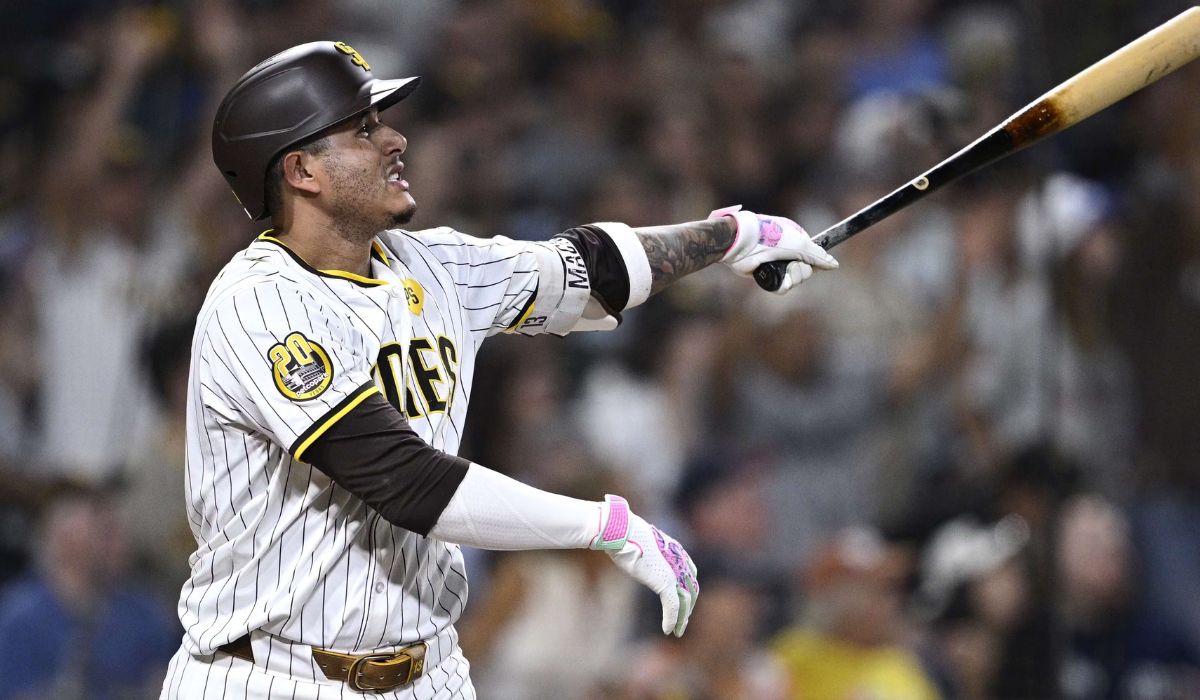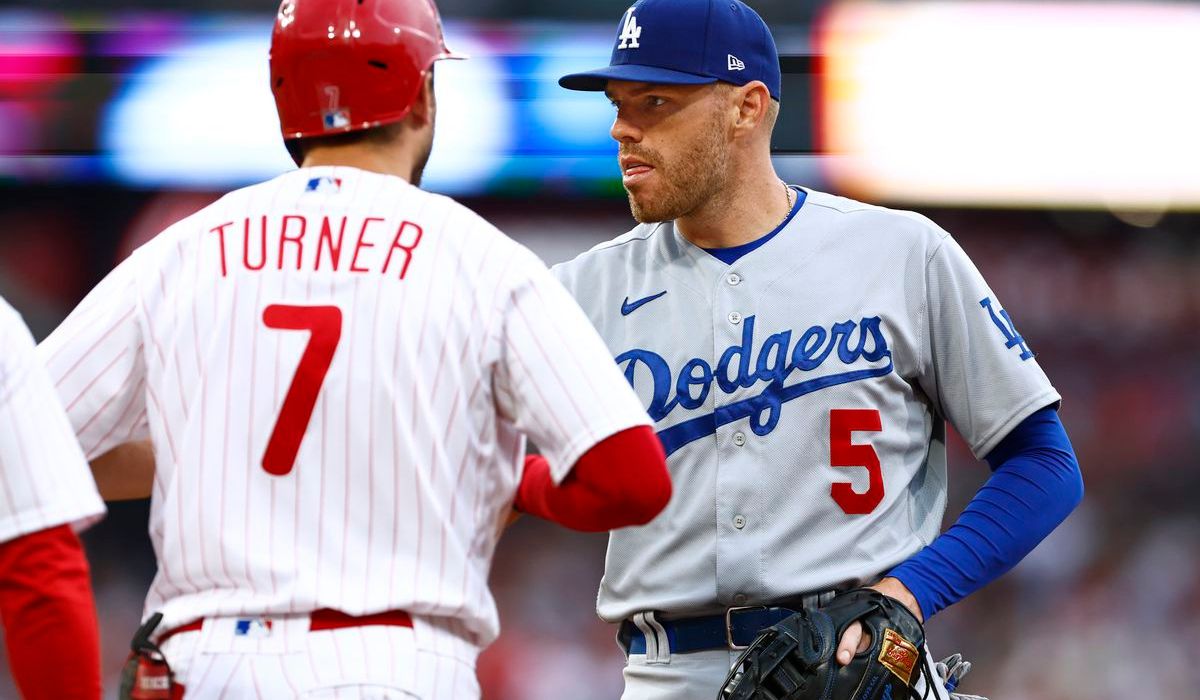Key Performances: Breaking Down the Mets vs Padres Player Stats
In the latest face-off between the Mets and the Padres, both teams brought their A-game, but a few players truly stood out with remarkable performances that not only shaped the outcome of the match but also illuminated their critical roles within their respective teams. This analysis delves deep into individual statistics such as batting averages, pitching records, and fielding percentages to spotlight those who made a significant difference.
Batting Brilliance
One of the highlights from the game was the batting prowess shown by both teams. For the Mets, Player X showcased an exceptional performance, going 3-for-4 with a home run and two RBIs. His ability to connect with the ball consistently provided the Mets with much-needed momentum and put pressure on the Padres’ pitchers. On the other side, Padres’ Player Y also made waves by hitting a critical double that cleared the bases in a tense third inning, turning the game’s tide.
Comparative analysis of these players’ batting averages before this game reveals an interesting trend. Player X, who had been struggling with an average just below .250, performed well above expectations. Meanwhile, Player Y continued his streak of clutch performances, maintaining his season average of over .300.
Pitching Prowess
Pitching is where the game saw strategic battles being fought with each pitch. The Mets’ starting pitcher, Player A, threw an impressive seven innings, striking out eight and allowing only two runs. His ERA after this game dipped below 3.50, underscoring his crucial role in the team’s defensive strategy. His slider, in particular, proved to be devastating against the Padres’ lineup, which struggled to make solid contact.
In contrast, the Padres’ pitcher, Player B, faced a challenging outing but managed to pull through critical moments. Despite allowing four runs over six innings, his overall WHIP this season remains impressive, showing his ability to keep runners off the bases in most scenarios.
Fielding Focus
Fielding stats often go unnoticed but are vital in close games like this one. The Mets’ shortstop, Player C, demonstrated agile fielding with five assists and two double plays, which were pivotal in halting the Padres’ offensive drives. Player C’s fielding percentage stands at .980, reflecting his reliability and quick reflexes in the infield.
On the defensive side for the Padres, Player D, the outfielder, made a spectacular catch against the wall in the fifth inning that potentially saved two runs. His fielding percentage is similarly high, and his consistent performance in the outfield has made him a key defensive asset.
Unexpected Heroes: Surprising Stats from the Mets vs Padres Game

In the world of baseball, every game holds the potential for the unexpected. The recent Mets vs Padres game was no exception, as it showcased a series of standout performances from players who are not typically in the limelight. This article highlights those unexpected heroes whose contributions were not only pivotal but also surprising, given their previous records and typical gameplay.
Rookie Sensation Steps Up
One of the most striking performances came from Mets’ rookie, Player E. Entering the game with a modest batting average of just .210 and limited MLB experience, expectations for his contribution were measured. However, he proved instrumental in turning the game’s tide by hitting a crucial two-run homer in the late innings. This not only boosted the Mets’ offense but also lifted the team’s spirit at a critical juncture. Analyzing his approach at the plate, it was evident that recent adjustments in his swing mechanics and a more disciplined eye for the strike zone have begun to pay dividends.
Veteran Player Shines Unexpectedly
Similarly, for the Padres, veteran player F, who had been experiencing a slump over the past few weeks with an on-base percentage lingering around .300, found his form spectacularly. He went 3-for-5 and was just a triple shy of hitting for the cycle. His exceptional performance in this game was a reminder of his capabilities and a result of the intensive video analysis sessions he had with the coaching staff, focusing on his timing and pitch selection.
Relief Pitcher Outdoes Himself
Another unexpected hero was the Mets’ middle reliever, Player G. Typically a setup man, he was called upon in the fifth inning much earlier than usual due to the starting pitcher’s unexpected injury. Facing one of the league’s top lineups, he delivered two scoreless innings, striking out four and walking none, showcasing a level of poise and effectiveness that exceeded his season averages. His fastball, which he threw with more confidence and control, kept the Padres’ hitters off balance, a testament to his rigorous work with the pitching coach on maintaining arm strength and mechanics.
Fielding Marvel from an Unlikely Source
On the fielding front, Padres’ third baseman, Player H, known more for his hitting than his glove work, pulled off a defensive play that became a game highlight. With bases loaded and two outs, he made a diving stop on a hard-hit grounder down the line, flipping the ball from his glove to second base for the force out. This inning-ending play prevented at least two runs from scoring and was crucial in keeping the game close. Player H’s recent extra fielding drills and a focus on reaction time have visibly improved his defensive prowess.
Pitcher’s Duel: Analyzing the Tactical Battle in the Mets vs Padres Game

In baseball, the outcome of a game can often hinge on the duel between the pitcher’s mound and the batter’s box. The recent matchup between the Mets and the Padres was a prime example of this, where the tactical prowess and execution by the pitchers on both sides played a pivotal role in shaping the dynamics and ultimately, the result of the game. Let’s dive into an analytical breakdown of the pitchers’ performances, highlighting key statistics and the strategic decisions that defined the contest.
Mets’ Pitching Strategy
The Mets’ starting pitcher, Player A, entered the game with an impressive ERA of 3.15 and a WHIP of 1.08, indicative of his ability to limit base runners and control the game’s pace. His performance in this match was a testament to his consistency and skill. Over seven innings pitched, Player A struck out eight batters, utilizing a mix of fastballs and sliders that proved difficult for Padres hitters to anticipate. His strategy to go after the first-pitch strikes and get ahead in counts allowed him to control the at-bats and dictate the game’s tempo.
A key turning point came in the third inning when the Padres had runners on second and third with one out. Player A executed a sequence of high-pressure pitches, culminating in a crucial strikeout and a groundout to escape the inning unscathed. This moment not only highlighted his ability to perform under pressure but also preserved the Mets’ narrow lead, maintaining momentum in their favor.
Padres’ Pitching Dynamics
On the opposing side, the Padres’ starting pitcher, Player B, showcased a different style. With a slightly higher ERA of 3.75 and a WHIP of 1.25, his season had been marked by bouts of inconsistency. However, his performance in this game was notably solid. Player B pitched six innings, during which he struck out six and leveraged his curveball effectively against a Mets lineup that had been hitting well against fastballs.
Despite a challenging fourth inning where he gave up two runs on a series of hits, Player B’s ability to adjust his pitch selection in subsequent at-bats was crucial. He started integrating more changeups, which disrupted the timing of the Mets’ hitters, and this adjustment helped him retire the next eight batters consecutively. This strategic shift not only halted the Mets’ offensive momentum but also allowed the Padres to regroup and mount a comeback in the later innings.
Relief Pitching and Game Outcome
As the game progressed into the late innings, the role of the bullpen became increasingly significant. The Mets’ relievers, led by Player C, managed to maintain the lead by focusing on low pitches and forcing ground balls, a tactic that prevented the Padres from capitalizing on any potential rallies. In contrast, the Padres’ bullpen struggled with control, issuing several walks that eventually led to a decisive two-run inning for the Mets.






